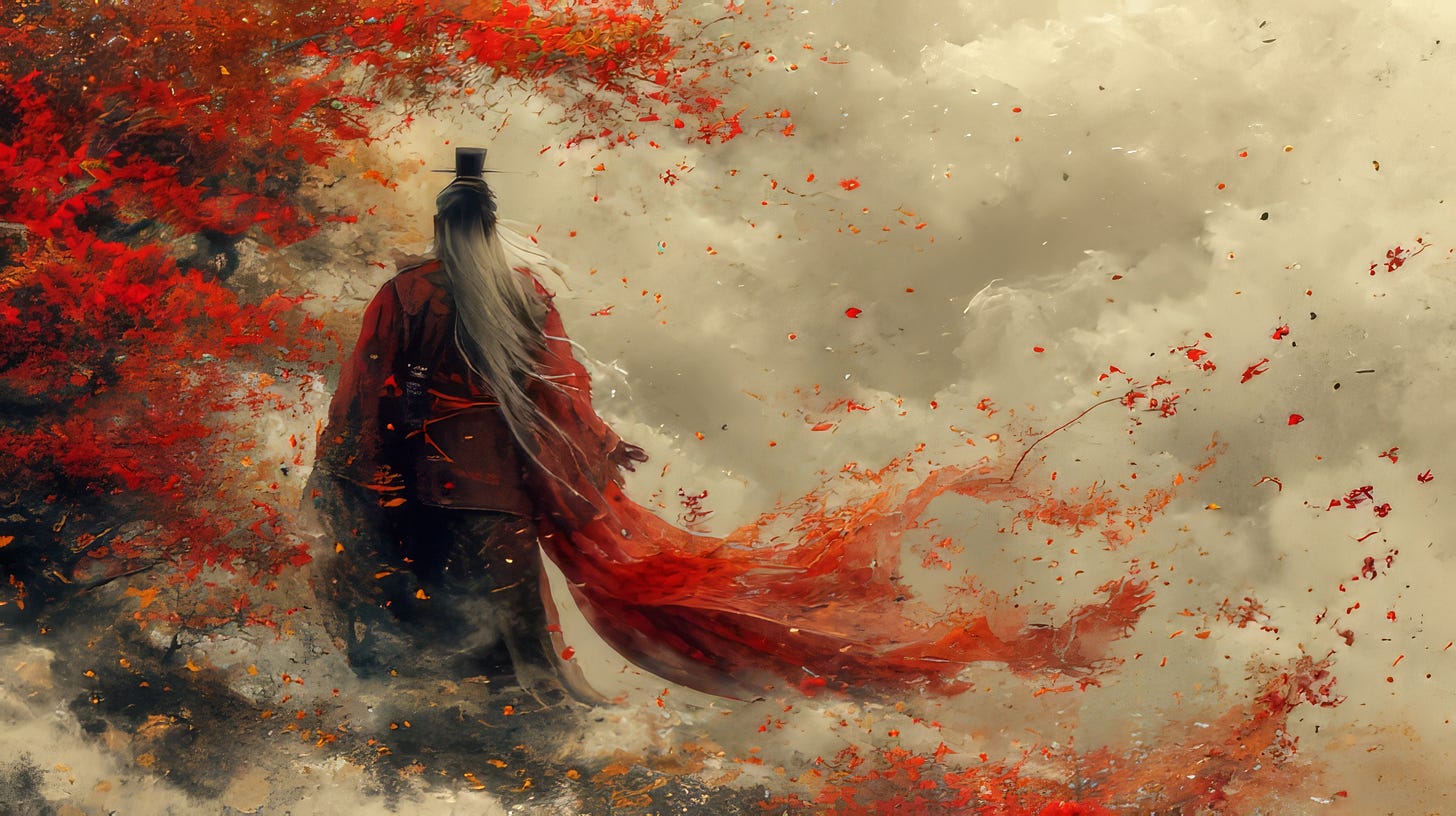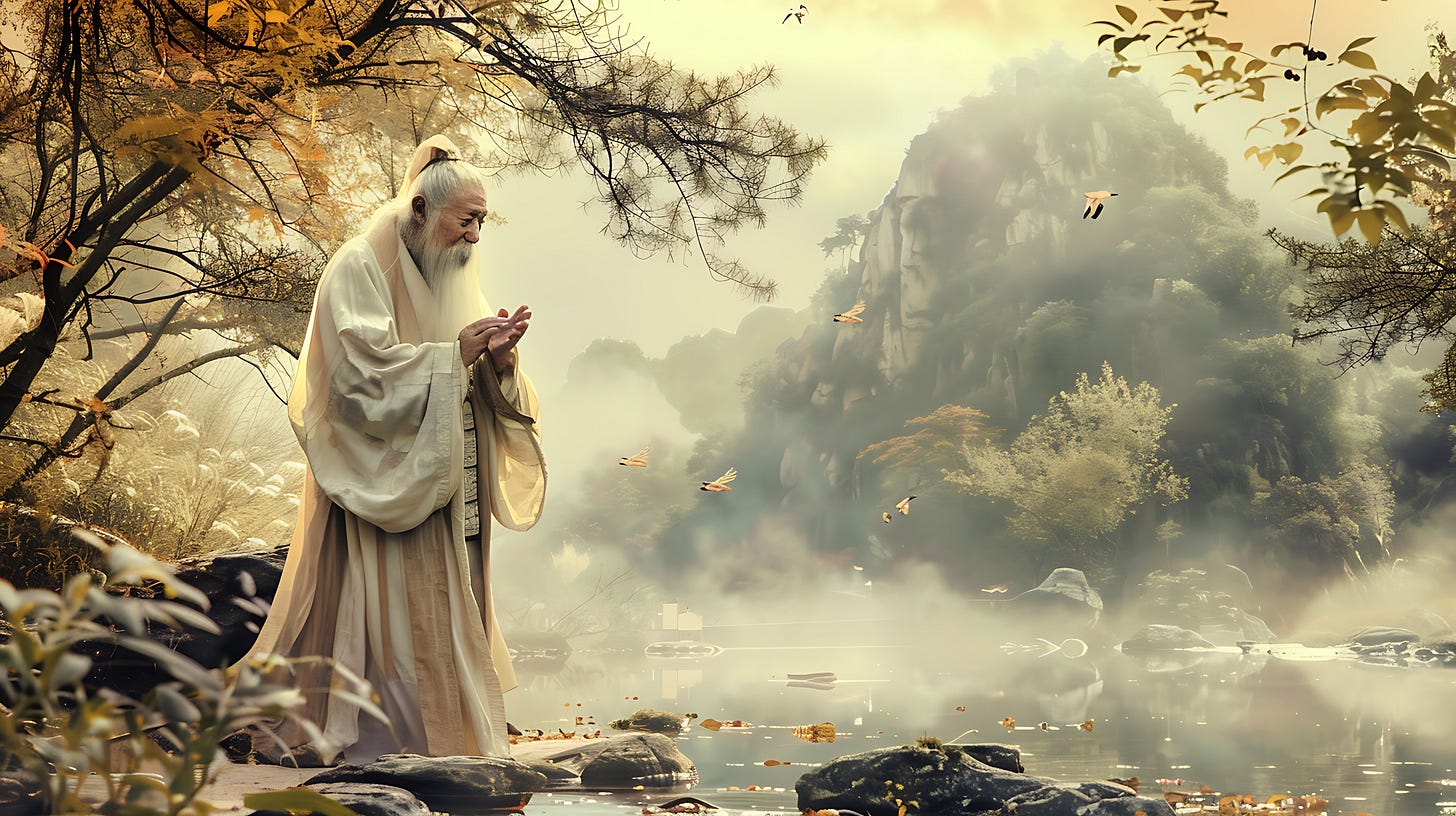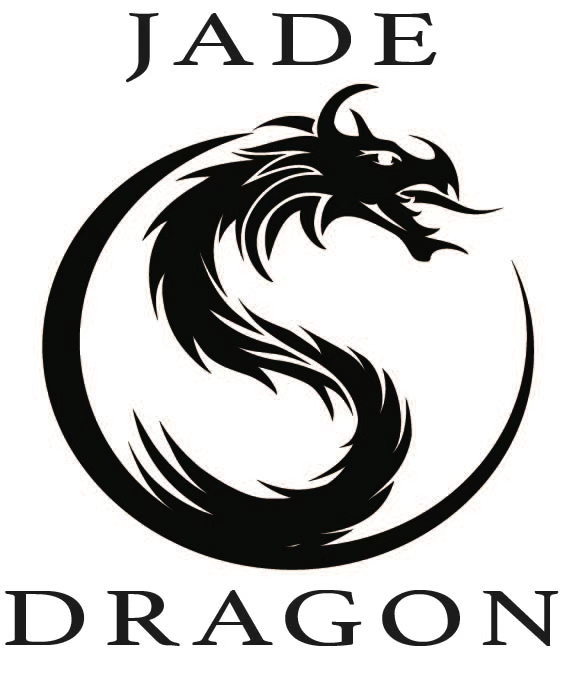Mìng in Daoism: The Innate Destiny of Life and the Art of Alignment
In the silence of nature, beneath the movement of stars and the turning of the seasons, lies a quiet order. Daoism calls this the Dao—the Way. It is not a god, nor a command. It does not demand obedience. But to those who listen, it speaks. And in each human life, it leaves behind a unique resonance—a life-current called ming (命).
Often translated as “fate,” “destiny,” or “life mandate,” the concept of ming in Daoism is far more intricate than its usual interpretations. It is not a rigid blueprint of one’s future, nor a fixed fate to which we are bound. Rather, ming is the personal imprint of the Dao within us—the encoded signature of our origin, direction, and transformation. To live in harmony with one’s ming is to live in resonance with the cosmos itself.
The Nature of Ming
The character 命 is composed of two parts: 口 (mouth) and 令 (order, command). Etymologically, it suggests a “spoken decree,” a mandate uttered by Heaven. But in Daoist thought, Heaven’s decree is not authoritarian—it is a subtle guidance, the original pulse of life given at birth. In Dao De Jing Chapter 51, Lao Tze writes:
“The Dao gives birth to all things,
Virtue nourishes them,
Matter shapes them,
Environment completes them.”
This passage outlines how each being comes into form. The Dao gives rise to life, but each life is shaped by both internal and external factors—ming being that internal force that sustains and directs the journey. It is the invisible thread that binds essence to form and spirit to time.
When we live against our ming, we experience resistance, stagnation, and confusion. When we follow it, life flows with a quiet ease. In Chapter 16, Lao Tze speaks of this as constancy:
“Returning to the root is called stillness.
Stillness is called returning to life.
Returning to life is called constancy.
Knowing constancy is called illumination.”
Here, ming is the return—the restoration of life’s original direction. Illumination (míng, 明), in this context, is awakening to the constancy of the Dao, recognizing and aligning with our true path.
Zhuangzi and the Liberation of Ming
If Lao Tze is the mystic whispering from behind the veil, Zhuangzi is the laughing sage who tears the veil apart. For Zhuangzi, ming is inseparable from spontaneity (zìrán, 自然), the natural unfolding of life without interference. To live one’s ming is to cease resisting the transformations of existence.
In the chapter “The Great Happiness” (至樂), Zhuangzi recounts the story of a man afflicted by disease, whose body was ravaged, yet who remained joyful and serene. When asked how he could be content in the face of such loss, he replied:
“My body was given to me by Heaven.
To accept what is given and yield to what is taken away—
This is the clarity of ming.”
This clarity is not resignation, but liberation. It is the freedom to move with change rather than resist it. The Dao does not promise permanence; it offers only transformation. But to the one who knows ming, even change is not frightening.
Zhuangzi writes elsewhere:
“To live is to borrow the form.
To die is to return it.
If you understand this,
You walk hand-in-hand with Heaven.”
To walk with Heaven is to recognize that life and death, joy and loss, are not opposites but movements of the same current. The sage who sees ming no longer struggles, but flows.
Ming and Xing: Nature and Direction
In Daoist metaphysics, ming is often paired with xìng (性), meaning “nature” or “inborn character.” While xing refers to the essence of who we are, ming refers to the trajectory of that essence. As inner alchemical texts put it: “Xing is the root; ming is the branch.”
In the Cantong Qi (參同契), a foundational alchemical text, we find the words:
“If you know your nature and understand your mandate,
You will merge with the Dao.”
This merging is the heart of cultivation. Daoist practices—whether seated meditation, Qigong, breathwork, or internal visualization—aim to restore the balance between essence and mandate, between xing and ming. They are not about escaping the world, but returning to one’s natural movement within it.
This theme is echoed in the Huangdi Neijing, where it states:
“He who follows his mandate lives long.
He who violates it perishes early.”
To follow one’s ming is thus to nourish life—not through control or ambition, but through surrender and presence.
Ming in Inner Alchemy
Nowhere is the idea of ming more fully developed than in Daoist inner alchemy (內丹術). In this tradition, ming becomes a substance to be cultivated, refined, and transformed. It is associated with the essence (jing, 精), stored in the Kidneys, and tied to our prenatal vitality—our foundational life energy.
The process of alchemical transformation involves:
Cultivating jing (essence)
Refining it into qi (breath-energy)
Elevating qi into shen (spirit)
Returning shen to emptiness (Dao)
This return is also a return of ming to the Dao. As expressed in The Secret of the Golden Flower (Taiyi Jinhua Zongzhi), a classic of inner alchemy:
“The great medicine of the elixir lies
In the union of essence (jing) and spirit (shen),
In returning the ming to the root.”
Here, ming is not just a path—it is also a fuel. Our lives burn brightly when we refine our vitality into clarity, when we use the years given to us not merely to survive, but to awaken.
Alchemical cultivation is not about immortality in a physical sense—it is about timelessness, living beyond the grip of fear, aging, and ego. When ming is fully integrated, even death is no longer an enemy. As Zhuangzi mused upon the death of his wife:
“She has returned to the great transformation.
Why should I mourn?”
This is the spirit of Daoist immortality—not clinging to life, but living in such harmony that even death is part of the rhythm.
The Practice of Living Ming
What does it mean, then, to live one’s ming?
It means to listen. Deeply. To the body, which knows when it is forced and when it is flowing. To the breath, which tightens in resistance and opens in surrender. To the dreams that stir from within and the obstacles that appear without—each revealing whether we walk in harmony or against the grain.
Lao Tze reminds us in Dao De Jing Chapter 64:
“A tree that fills a man’s embrace begins from a tiny shoot.
A journey of a thousand miles begins beneath the feet.”
Living one’s ming is not about discovering a grand purpose all at once. It is about walking the small path faithfully. It is found in the humble return to what is natural, simple, and true.
To know your ming is not to predict the future—it is to recognize the present. It is to feel when something aligns deeply and when something disturbs your current. When you find that resonance, even your breath changes. There is a softness, a grounded clarity. You are not striving. You are moving as you were always meant to move.
As Lao Tze concludes in Dao De Jing Chapter 33:
“He who knows others is wise.
He who knows himself is enlightened.
He who conquers others has strength.
He who conquers himself is truly powerful.”
This ming—this “mandate of life”—is not imposed upon you. It lives within you. It is rediscovered not through striving, but through returning. And in that return, you find not only your path—but the Way itself.
Discover your inner vitality with Red Dragon Qigong, a transformative course designed to harmonize body, vital energy, and mind. Rooted in the ancient wisdom of Traditional Chinese Medicine and Daoist philosophy, and enhanced with modern scientific insights, this course guides you through powerful Qigong practices that boost energy, reduce stress, and improve overall health. Whether you're a beginner or experienced practitioner, you'll learn techniques that cultivate balance and resilience, empowering you to thrive in daily life.
Join thousands of students on this journey of self-discovery and transformation. Enroll now and experience the power of Red Dragon Qigong!
👉 Visit CLICK HERE to get 50% off and start your practice today!







Magnificent post David!
Meaningful words, stunning images.
Thank you.